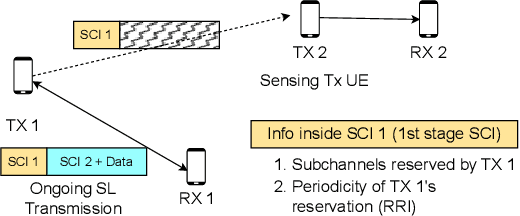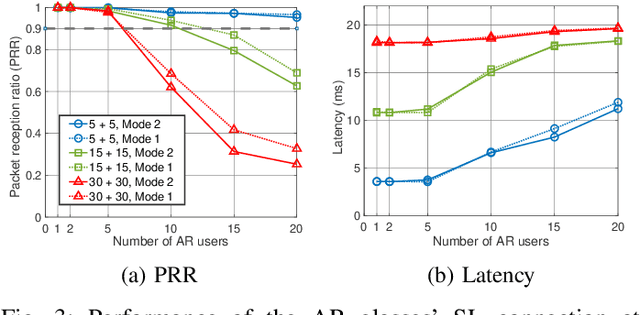Ashutosh Srivastava
Robust Root Cause Diagnosis using In-Distribution Interventions
May 02, 2025



Abstract:Diagnosing the root cause of an anomaly in a complex interconnected system is a pressing problem in today's cloud services and industrial operations. We propose In-Distribution Interventions (IDI), a novel algorithm that predicts root cause as nodes that meet two criteria: 1) **Anomaly:** root cause nodes should take on anomalous values; 2) **Fix:** had the root cause nodes assumed usual values, the target node would not have been anomalous. Prior methods of assessing the fix condition rely on counterfactuals inferred from a Structural Causal Model (SCM) trained on historical data. But since anomalies are rare and fall outside the training distribution, the fitted SCMs yield unreliable counterfactual estimates. IDI overcomes this by relying on interventional estimates obtained by solely probing the fitted SCM at in-distribution inputs. We present a theoretical analysis comparing and bounding the errors in assessing the fix condition using interventional and counterfactual estimates. We then conduct experiments by systematically varying the SCM's complexity to demonstrate the cases where IDI's interventional approach outperforms the counterfactual approach and vice versa. Experiments on both synthetic and PetShop RCD benchmark datasets demonstrate that \our\ consistently identifies true root causes more accurately and robustly than nine existing state-of-the-art RCD baselines. Code is released at https://github.com/nlokeshiisc/IDI_release.
ReEdit: Multimodal Exemplar-Based Image Editing with Diffusion Models
Nov 06, 2024



Abstract:Modern Text-to-Image (T2I) Diffusion models have revolutionized image editing by enabling the generation of high-quality photorealistic images. While the de facto method for performing edits with T2I models is through text instructions, this approach non-trivial due to the complex many-to-many mapping between natural language and images. In this work, we address exemplar-based image editing -- the task of transferring an edit from an exemplar pair to a content image(s). We propose ReEdit, a modular and efficient end-to-end framework that captures edits in both text and image modalities while ensuring the fidelity of the edited image. We validate the effectiveness of ReEdit through extensive comparisons with state-of-the-art baselines and sensitivity analyses of key design choices. Our results demonstrate that ReEdit consistently outperforms contemporary approaches both qualitatively and quantitatively. Additionally, ReEdit boasts high practical applicability, as it does not require any task-specific optimization and is four times faster than the next best baseline.
Can 5G NR Sidelink communications support wireless augmented reality?
Oct 03, 2023



Abstract:Smart glasses that support augmented reality (AR) have the potential to become the consumer's primary medium of connecting to the future internet. For the best quality of user experience, AR glasses must have a small form factor and long battery life, while satisfying the data rate and latency requirements of AR applications. To extend the AR glasses' battery life, the computation and processing involved in AR may be offloaded to a companion device, such as a smartphone, through a wireless connection. Sidelink (SL), i.e., the D2D communication interface of 5G NR, is a potential candidate for this wireless link. In this paper, we use system-level simulations to analyze the feasibility of NR SL for supporting AR. Our simulator incorporates the PHY layer structure and MAC layer resource scheduling of 3GPP SL, standard 3GPP channel models, and MCS configurations. Our results suggest that the current SL standard specifications are insufficient for high-end AR use cases with heavy interaction but can support simpler previews and file transfers. We further propose two enhancements to SL resource allocation, which have the potential to offer significant performance improvements for AR applications.
 Add to Chrome
Add to Chrome Add to Firefox
Add to Firefox Add to Edge
Add to Edge